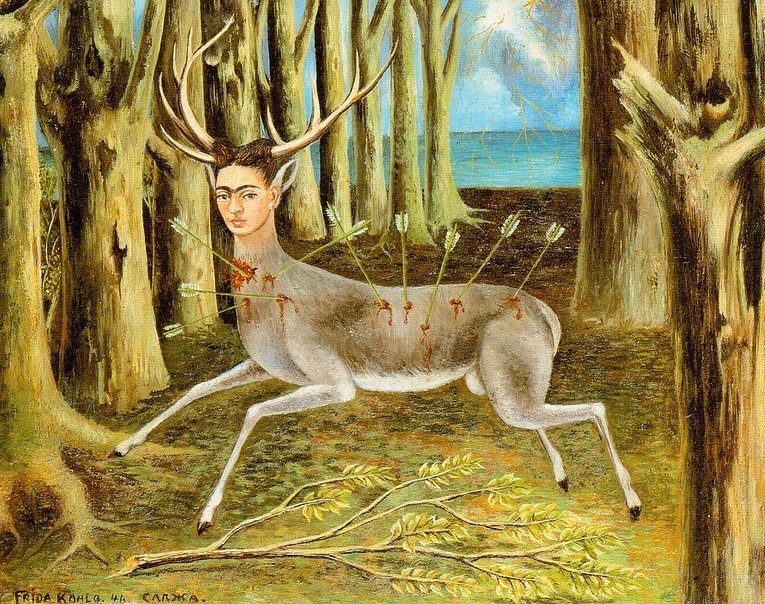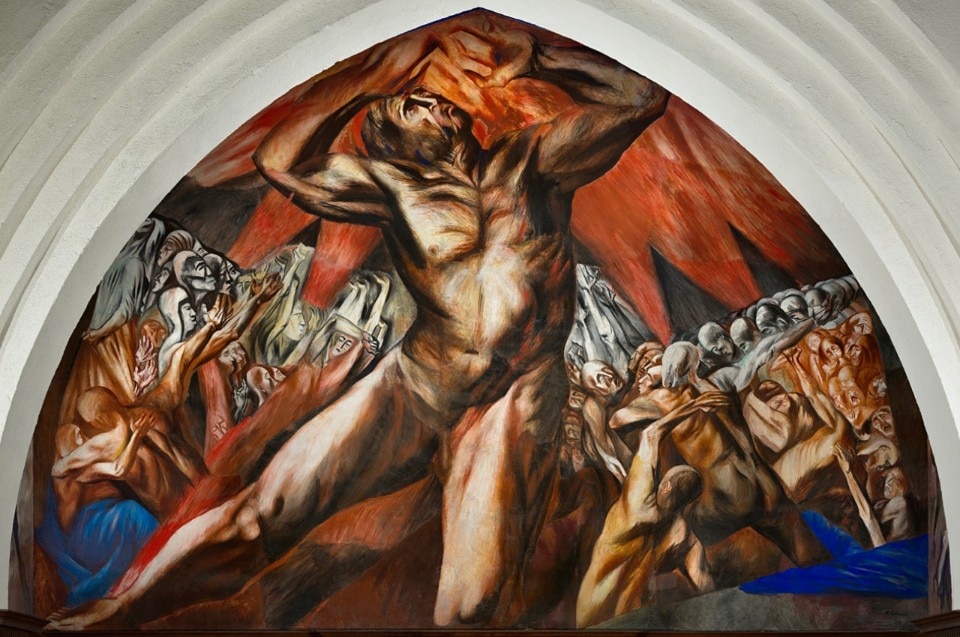In 1824, on October 4th, while Europe, still stunned by the echoes of Napoleon’s conquests, was scrambling between restorations and uprisings for freedom, trying to restore the shattered order, a new republic was born in the distant lands of Mexico.
A land of contrasts, burning passions, the cradle of ancient civilizations, witness to brutal conquests and bloody revolutions. A melting pot of races, cultures, of ancient and new gods, where the cult of Quetzalcoatl intertwined with the blood of Christ.

Mexican art, born from this turbulent history, could only reflect such complexity. There is no trace of Apollonian order, of classical composure. Pre-Columbian art, with its telluric force and bloodthirsty gods, merges with the mystical exuberance of Catholicism and Iberian splendor. The result is a syncretic, mestizo art that simmers beneath the crust of the new republic.
The explosion came in the 20th century, with the Muralists. Diego Rivera, resembling an ancient Tlatoani and as colossal as his frescoes, reveals the truth of Mexico: exploited indigenous people, dreamer revolutionaries, a torn society. His colors, bright and violent like the land that birthed them, depict the history of a people seeking redemption. Think of Dream of a Sunday Afternoon in Alameda Park, where Rivera condenses the history of Mexico into a single, majestic image, or Pre-Hispanic America, a work that narrates his homeland and its origins.

José Clemente Orozco, with his soul-scratching expressionism, delves into the depths of the individual, unflinchingly revealing corruption and pain. His art is not a mere painting but a relentless denunciation against every form of oppression. Consider The Trench, a piece that cries out the pain of civil war, or Prometheus, where the Greek myth merges with human suffering.
Mexican art, born from this turbulent history, could only reflect such complexity.
However, Mexican art is not simply a political manifesto. Frida Kahlo, with her diary-like painting, tells us the intimate story of a bold artist. Frida embodies the contemporary feminine power, the daughter of a suffering Mexico. Her painting tears the veil of bourgeois appearances. No grace, no harmony: her battered body, the thorns piercing her flesh, that wounded deer which is herself, are there, throbbing, before our dismayed eyes.

Yet, there is a powerful force in this wild expressionism, in this anatomy disfigured by pain. As the mosaics of Ravenna, where the gold dematerializes the forms, so her painted blood becomes a symbol, a metaphor for a vitality that suffering cannot extinguish.
Then there is Rufino Tamayo, with his surrealism full of magic and dreamlike colors, David Alfaro Siqueiros and his dynamic, forward-looking painting. And still, sculpture, architecture, literature. Mexican art of the 20th century is an explosion of colors and passions, a powerful and unmistakable hope.
Opening image: Diego Rivera, Dream of a Sunday Afternoon at Alameda Central Park, detail, 1948















